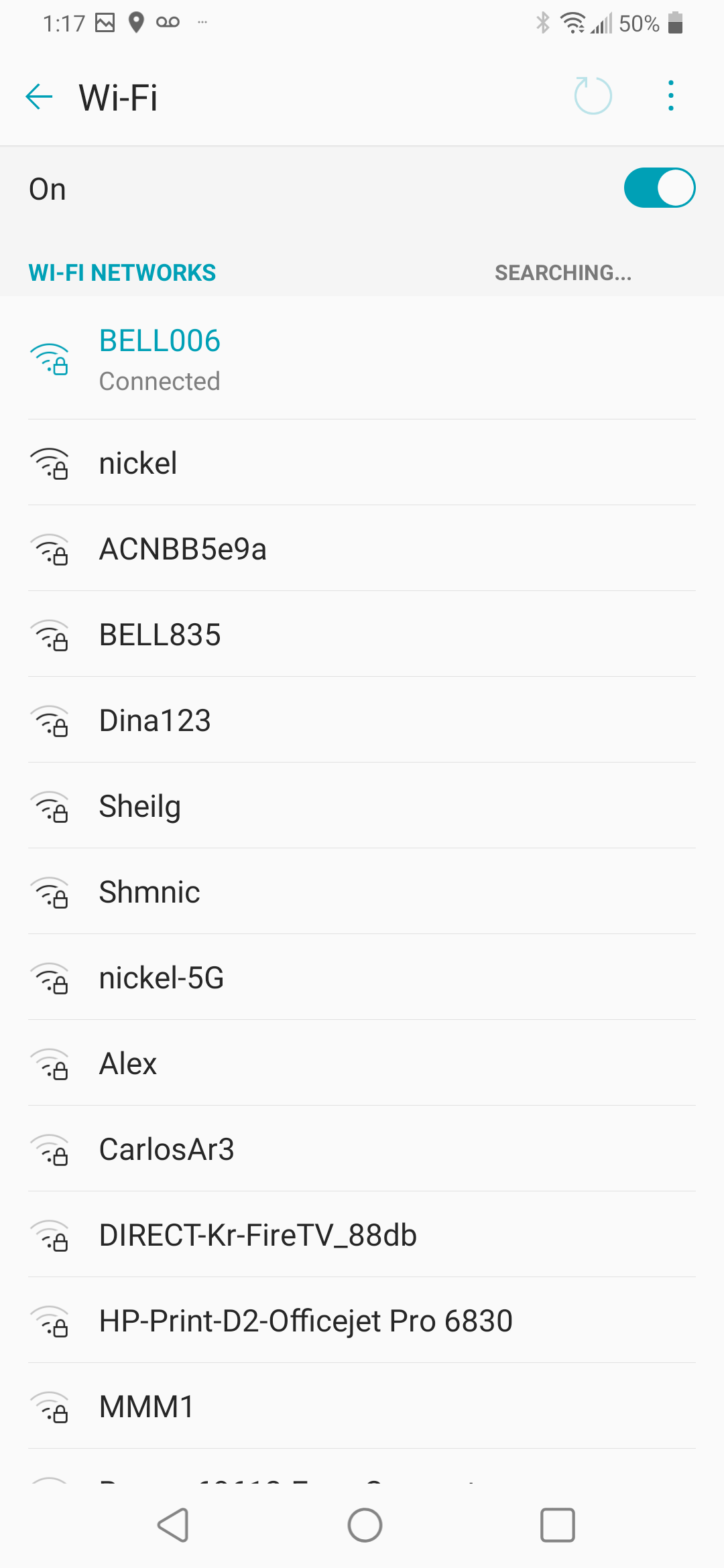

Their second primary band (Band 2) was in the 1900 MHz range, which did nothing to help mitigate the problem. Instead, their primary LTE band used the 1700 MHz frequency (Band 4), which allowed them to achieve fast data speed, but poor coverage in rural areas. The trouble is, T-Mobile was late to the party and didn't initially use the 700 MHz bands to deploy their 4G LTE.

In short, a low-frequency LTE signal is the most desirable band for any carrier looking to improve their coverage. Higher frequencies are more susceptible to interference from geographical and man-made obstructions like mountainous terrain and concrete buildings. The main thing to understand with LTE frequencies is that the lower the MHz number, the farther the signal can travel. Image via Verizon What Band 71 (600 MHz) Means for T-Mobile The 700 MHz frequency is the backbone of both Verizon and AT&T and has allowed Verizon to reach 98% coverage and for AT&T to provide 4G LTE to 317 million Americans. Lower frequency offers wider coverage than higher frequency, because as the radio waves travel through different mediums (air, concrete, etc.), less energy is lost. Both adopted bands using the 700 MHz frequency (Verizon uses Band 13 and AT&T uses Band 17) which provides this balance. Verizon and AT&T were the first US carriers to adopt 4G and build their infrastructure on LTE bands that provided the broadest reach and fast data speeds. However, within a few years, Sprint abandoned the standard for LTE. Most wireless carriers decided on LTE, with only Sprint backing WiMax (a slower 4G standard which was better at maintaining speed when the network was congested).

To achieve the fastest possible speeds, 4G was introduced to the world, a standard defining new technology which was capable of much faster speed than the previous generation. Consumers want to have the fastest LTE speed possible when using their new smartphone, and they want that fast coverage everywhere they travel. When it comes to wireless carriers, two things are essential to attract new customers and keep old ones: Speed and coverage. Currently, there is only one phone that has this LTE band, and that phone is the LG V30.ĭon't Miss: The Difference Between LG's POLED & Samsung's AMOLED Screens Understanding LTE Frequencies

This new frequency will significantly improve coverage in rural areas and even boost signal strength in urban areas where building penetration is an issue. However, in the rural parts of America, many were forced to use another carrier because they weren't able to get any coverage.Įarlier this year, T-Mobile purchased the majority of the 600 MHz radio frequency, which will become the new LTE Band 71. For those in urban areas, coverage was terrific and subscribers enjoyed the fastest (or second fastest) LTE speeds. For many years, the biggest thing holding it back was coverage. T-Mobile is currently in third place in terms of subscriber count. But one factor that is often overlooked is cell reception - and for T-Mobile subscribers, there's only one device that has flagship specs and an exclusive antenna that will actually improve your signal. If you're in the market for a new smartphone, you'll likely scan spec sheets and read reviews of the top phones, compare display size and technology, RAM amount, and processors.


 0 kommentar(er)
0 kommentar(er)
